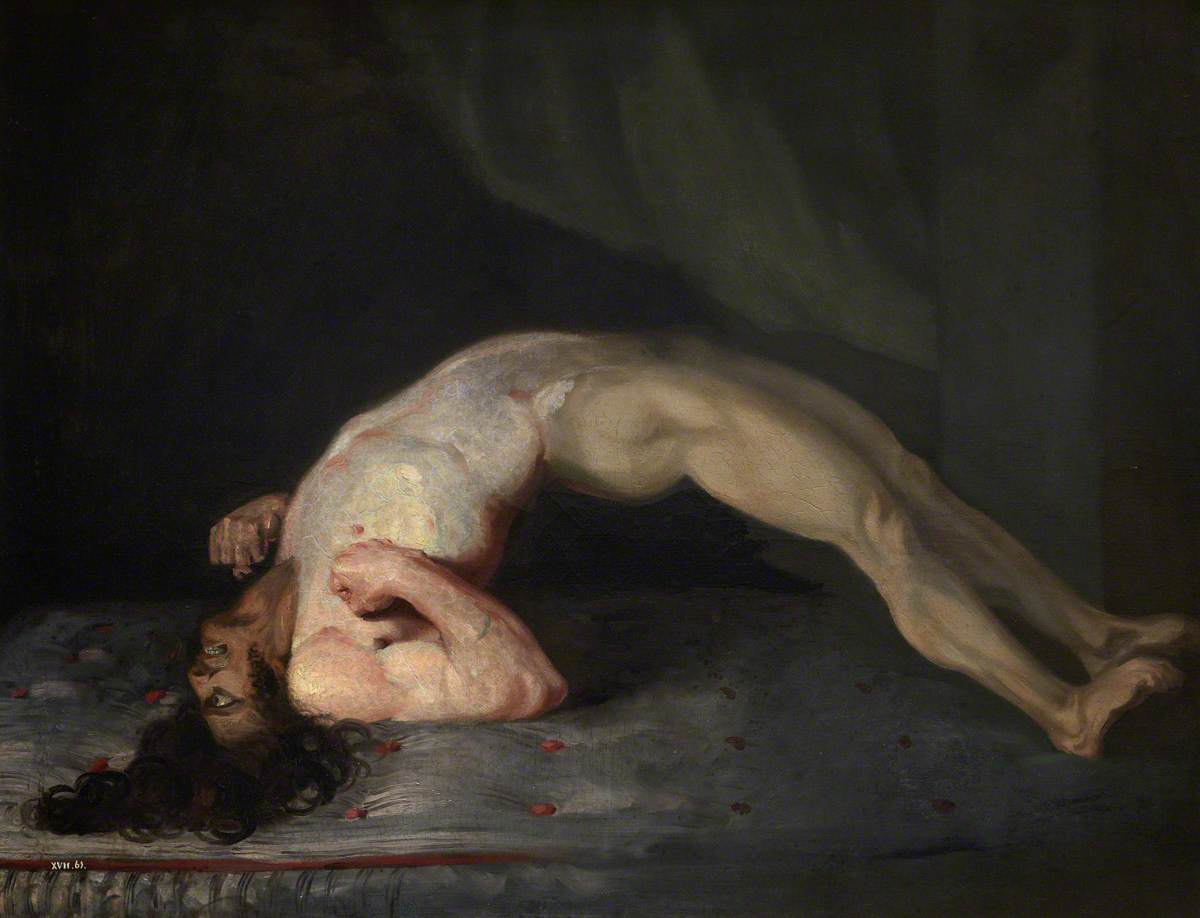 |
| USPs arrive at a clinic evaluation. [Unexpected Visitors via wikimedia] |
I loved the specificity and the intent in this study published April 2014: "Unannounced standardized patients: a promising method of assessing patient-centered care in your health care system" by Sondra Zabar, Kathleen Hanley, David Stevens, Jessica Murphy, Angela Burgess, Adina Kalet and Colleen Gillespie. (whew!)
"Implementing a USP assessment can help clinical settings move beyond patient satisfaction as a measure of performance and focus more on targeted assessments of the quality of care provided."
Oh, my, yes! I would love to be a USP. SPs are especially qualified to offer real-life quality assurance in a variety of settings: "USPs can be trained to be consistent and accurate raters of clinical performance and clinic functioning through the use of highly specific, behaviorally-anchored checklists. They also have the benefit of exposure to a wide variety of levels of performance and training in expectations and standards of quality, experiences most 'real' patients do not have... Such reliability and validity, combined with the standardization of clinical cases and patient portrayal, is particularly useful for comparing performance over time or across clinical units."
One of the concerns, of course, is what the study endearingly calls "the ethics of deception." As someone who very much values transparency, I think this is a valid concern. Unlike medical school, where students are aware that SPs are playing a role, USPs are "unannounced" and so have the potential to contribute to a sense of paranoia and mistrust -- both of which contribute to a toxic environment for employees and patients. Transparency, in this case, should mean that everyone involved knows the use of SPs is a regular part of the quality improvement process -- and that everyone involved gets to see the outcomes in a reasonably timely way.
Phone services would be another excellent use of SPs. For instance, I had a recent disappointing encounter while setting up an appointment. I had to call three times before finding someone who could help me. Thanks to my SP experience, I was able to offer concrete, non-inflammatory feedback -- and I was pleased to be able to end with positive feedback for the one helpful representative (feedback sandwich, yo!). But what really would felt satisfying is knowing my experiences could lead to improved outcomes for other patients calling the service.
Extra credit!
I learned a new name for an old concept: The "Hawthorne effect" describes how the awareness of being assessed influences the care provided.
Assigned reading:
Also, see this article: "Why we need 'mystery shoppers' directly observing health care"
.jpg)




